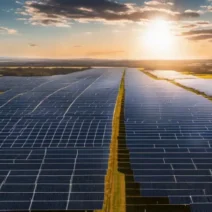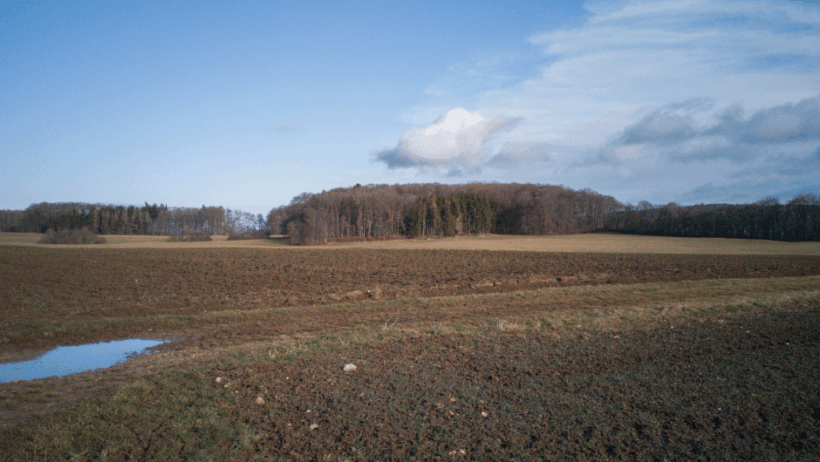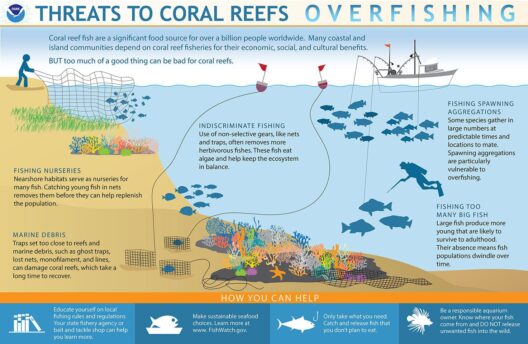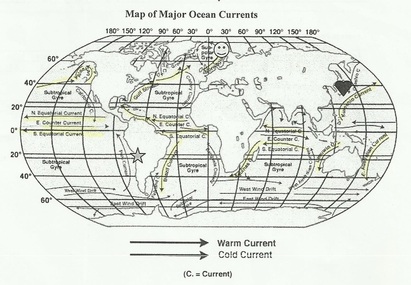Climate shift, a term frequently employed in discussions about the environmental crisis, refers to the significant alterations experienced in global climatic patterns over extended periods. This concept encompasses a variety of changes, including temperature increases, shifts in precipitation patterns, sea-level rise, and more frequent and severe weather events. Understanding climate shift is imperative for individuals, businesses, and governments alike, as it influences not only ecological systems but also societal structures and economies worldwide.
Defining Climate Shift
At its core, climate shift signifies an unequivocal transition from past climatic conditions to new, often more volatile patterns. This transformation can be attributed to a myriad of factors, the most pressing being anthropogenic influences. Human activities—such as the burning of fossil fuels, deforestation, and industrial processes—have escalated greenhouse gas emissions, effectively trapping heat within the Earth’s atmosphere. The ensuing greenhouse effect has led to what we commonly refer to as global warming, which is just one facet of a broader climate shift narrative.
While natural climatic variations have always existed, the rapidity of current changes is unprecedented when contrasted with historical records. For instance, the past century has seen an increase in average global temperatures by approximately 1.2 degrees Celsius. This seemingly minuscule change harbors significant repercussions for ecosystems and human livelihoods, particularly in the context of extreme weather phenomena.
The Manifestations of Climate Shift
Climate shift is not a mere abstract concept but instead manifests tangibly through various phenomena. One of the most notable indicators is the rise in global temperatures. As the planet warms, we experience more frequent heatwaves, which can have dire consequences for public health, agriculture, and biodiversity. Agricultural systems, often reliant on specific temperature ranges, face disruptions, leading to food insecurity in vulnerable regions.
Moreover, shifts in precipitation patterns can result in severe droughts in some areas while triggering floods in others. These fluctuations disrupt water supply and quality, impacting both human populations and natural ecosystems. Regions historically characterized by stable weather patterns may find their agriculture outputs declining, resulting in economic strain and social upheaval among communities that depend heavily on agriculture.
Sea level rise, another consequential feature of climate shift, poses a profound threat to coastal regions globally. This rise can be attributed to two main factors: the melting of polar ice sheets and glaciers, coupled with the thermal expansion of seawater as it warms. Coastal cities, home to millions, face heightened risks of flooding and erosion, necessitating costly adaptations or even relocations. This reality raises pressing questions regarding environmental justice, as low-lying areas are often inhabited by marginalized communities lacking the resources to adapt effectively.
The Societal Implications of Climate Shift
The ramifications of climate shift extend beyond environmental disruptions; they reverberate through societal structures and economies. One pertinent concern is the displacement of populations due to climate-related events—termed “climate refugees.” As regions become uninhabitable due to extreme weather or rising sea levels, individuals and communities are forced to migrate, leading to increased pressure on urban infrastructures and resources in receiving areas.
Additionally, climate shift introduces volatile economic conditions. Industries reliant on natural resources, such as agriculture, fisheries, and tourism, are particularly vulnerable. The unpredictability of weather can disrupt production cycles, leading to financial uncertainty and potential job losses. Economies may simultaneously face increasing costs to mitigate the impacts of climate change, necessitating investments in resilient infrastructure, renewable energy sources, and sustainable practices.
Moreover, the challenge of climate shift necessitates comprehensive policy actions. Governments and organizations need to prioritize sustainable development and environmental stewardship. Initiatives such as renewable energy adoption, conservation practices, and investment in research and innovation can help mitigate the influence of climate shift while fostering economic growth. International cooperation is essential; after all, climate change is a global issue requiring coordinated efforts across borders.
Addressing Buyer Concerns through Sustainability
As consumers become increasingly aware of climate-related issues, there is a palpable shift in market demands. Buyers today are seeking sustainable products and services that align with their values regarding environmental stewardship. Companies that prioritize sustainable practices—whether through renewable energy use, waste reduction strategies, or ethical sourcing—position themselves favorably in an evolving marketplace.
Additionally, as the climate crisis becomes more pronounced, organizations must also navigate the potential risks associated with climate-related regulations. Companies must develop strategies to manage environmental risks associated with climate shift, thereby addressing buyer concerns while ensuring compliance with emerging legislation aimed at curbing emissions and promoting sustainability.
In Conclusion
Understanding climate shift is of paramount importance for navigating the challenges of our times. It requires a collective effort across sectors to mitigate its impacts and enhance community resilience. By fostering awareness and promoting sustainable practices, individuals, businesses, and governments can contribute to the creation of a more adaptable world—one that acknowledges the urgency of the climate crisis and takes actionable steps towards a healthier planet.






